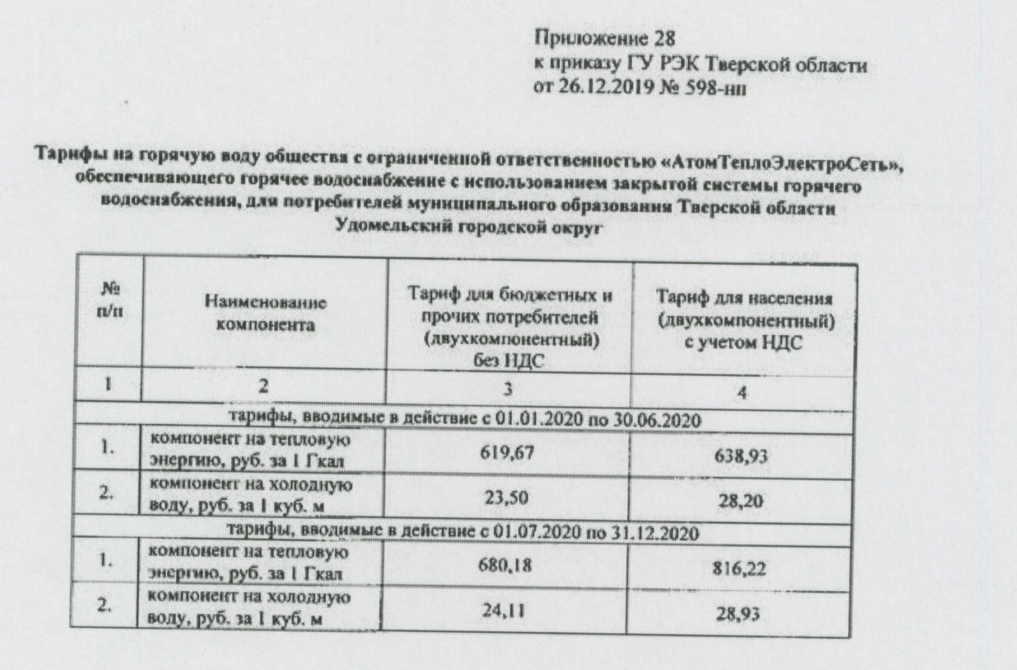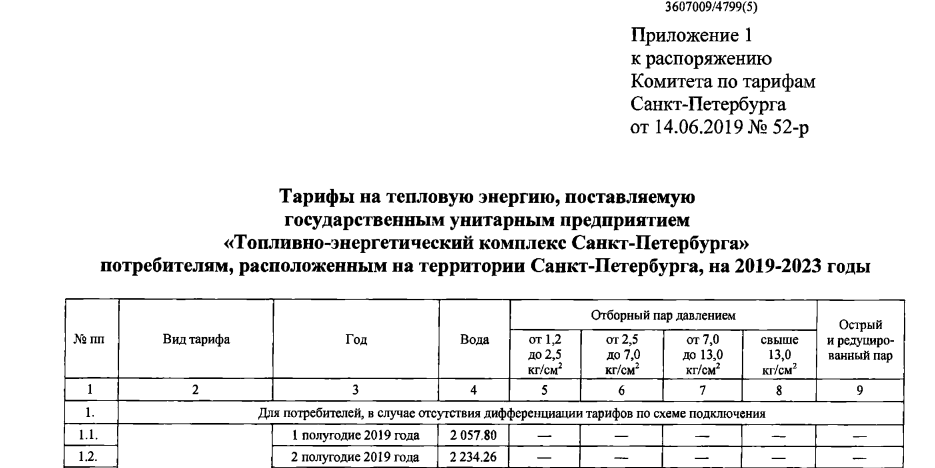Domestic housing and communal services were initially focused on cheap energy sources. Even now it continues to be a colossal resource-intensive industry, the inefficiency of which in the form of inflated utility bills is passed on to the consumer.
The most effective way out, as the world and domestic practice shows, from the situation is to take measures to optimize the consumption of energy resources (electricity, heat, water) at the facilities of the industry. Experience suggests that this problem can be solved through the introduction of modern dispatching systems for facilities consuming energy resources.
Why am I writing this article
I decided to write a continuation of the article "15 reasons for connecting metering devices to dispatching systems", which I had previously published on Habré.
The control of the heat supplier is the 16th reason for the implementation of dispatching.
The essence of the implementation is that the result of dispatching was the quality control of the resources of the heat and power supply company. Perhaps this is the most important and significant reason to use dispatching in your company.
However, first let's take a closer look at how it was before dispatching appeared and after.
How heat supply was controlled before the introduction of dispatch systems
We regularly come across thermal resources that are not always of sufficient quality. Sometimes the temperature in the heating system of residential buildings leaves much to be desired; sometimes, on the contrary, there is a sauna in the apartment. Hence the complaints of the population about heating or overheating, the latter happens, of course, much less often. Management companies are obliged to respond to complaints from people about the lack of heat.
There is a complaint from tenants about the low temperature in the apartment in the winter, complaints can be made to various authorities: the administration of the city, district or region, a service company, the prosecutor's office, and so on.
Any complaint is under the control of the district administration, which is subordinate to the heat supply facility.
: , , , , , .
, , .
.
. . .
, , .
: , ?
. , .
. , . . , 10-15 . . .
() , . . - . , , 110/35/6 35/6 -6 , . .
- , , , 90 , - -, - .
124.13330.2012 « . 41-02-2003».
, .
, , (, ). .

: 638,93 1 . , : , . «».
? - « ». , .

2 057 (80 ). , 3 .
: -, , , .
.

1 208 . 770.000 , 9 . . , .
, . . , . .
. , , .
, 56501-2015 « - . , . ».

– , . . , . 8.00 . , . , 60.
. 12 , , , .
. . 2020 , 15%. . , , .
, , .
, .
2.01-99. , . , 23-338-2002, - 23-340-2003.
- . . – .
Now everything is simple, we have the opportunity to see the lack of heat, and if necessary, we can present an invoice.
The monitoring survey demonstrates the drawbacks of heat supply clearly. Therefore, heat supply companies are trying to improve the quality of heat supply. At the input of some houses, you can see the DHW temperature + 70 o C.
Monitoring of heat energy consumption is carried out in accordance with GOST R 58940-2020 Requirements for information exchange protocols between components of an intelligent metering system and metering devices